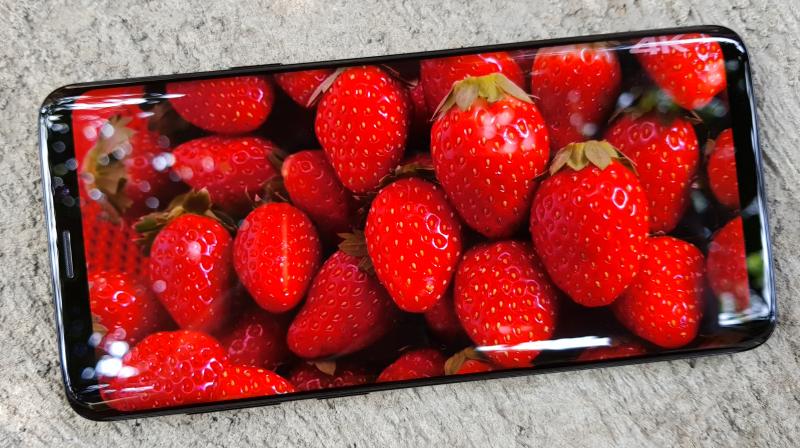HDR10? Dolby Vision? We explain HDR formats in the easiest of ways
Both the iPhone X and the Apple TV 4K have support for Dolby Vision, which is one of the best HDR formats.

When the iPhone X was unveiled last year, tech nerds went on to believe that Apple is simply playing catch up to the flagships from the Android universe. For example, they announced the availability of HDR support for the first time on the iPhone, a technology that was already made available on multiple Android devices last year. While that is unarguably true, the iPhone X's HDR rendering is still ahead of most of its rivals as it goes for different kind of HDR technology.
Before knowing about the HDR on iPhone X, you must know that HDR or High Dynamic Range imaging is a display technology that helps the screen to generate more life-like images with dynamic colour spectrum, more brightness and increased contrast — similar to what the human eye sees. There are many types of HDR and in the present scenario, two of which are used for non-broadcast picture formats:
HDR10:
This is an open source format of HDR picture format that is embraced by most manufacturers looking to jump on the HDR bandwagon without paying licensing fees. Being open source means that it has to work with every kind of device, which also means you don’t see the best of colour, contrast and brightness variations. Some notable devices that use this format are the Sony PlayStation 4, Microsoft Xbox One S, Samsung Galaxy Note 8, Galaxy S9, Galaxy Tab S3, Huawei Mate 10 Pro, Huawei P20 Pro, LG V30, Razer Phone, Sony Xperia XZ Premium, Xperia XZ1 and Xperia XZ2. Think of HDR10 as the Android of the HDR world —free to use without any licensing fees.
Dolby Vision:
It is developed by Dolby — a name well-known in the world of audio tuning and comes with a dedicated chip to render the vast range of colours, contrasts and brightness. If a device supports Dolby Vision, then it has to have the dedicated hardware to gain the benefits of a proper HDR picture. To understand how good Dolby Vision is over HDR10, consider the following data — HDR10 can produce brightness up to 1000 nits whereas Dolby Vision can go up to 10,000 nits; HDR10’s 10-bit colour processor is no match for Dolby Vision’s 12-bit one with more colour range. If a manufacturer uses Dolby Vision, they have to pay a license fee for using their technology.
It is the Dolby Vision format that the iPhone X uses for its OLED display. That’s why you are paying almost a lakh of Rupees for the iPhone X as your eyes will be treated to the best of digital picture reproduction technologically feasible on a mobile display. So, if you were worried about the quality of the display on your ultra expensive iPhone X, we hope that we have solved your worries. The LG G6 also supports Dolby Vision content rendering.
However, if your smartphone renders videos even in HDR10, then you will also be able to notice the difference over a display with no HDR support. You will get to enjoy vibrant colours and contrasts.
Click on Deccan Chronicle Technology and Science for the latest news and reviews. Follow us on Facebook, Twitter.

